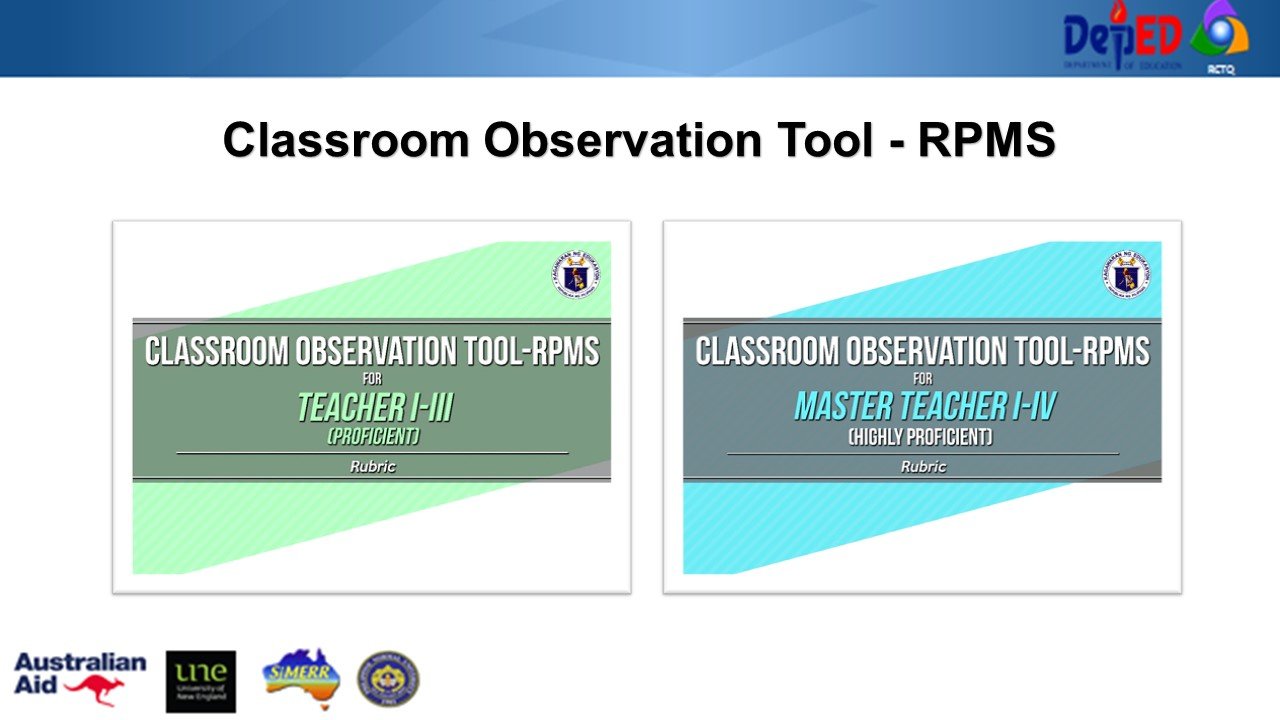Basic and primitive these are the words that comes into my mind when i think of the backstrap loom. a description not knowing that the fact that some of history's most beautiful and complex textile have been woven on this simple arragement of sticks. A simple loom, yet mysterious.... the most frequent question i ask whenever i see someone weaving is..."All those sticks where do they go and what do they do?" the puzziling collection of sticks and tangle of yarn magically comes to life and create a loom whenever the weaver sit and wear the "sakgetan", tensions the warps and start to weave. the backstrap loom is ideal for those who lack space for floor loom, would like to be able to take their weaving when they travel, or don't have money to invest on more sophisticated equipment. I am very luck to be living in a part of the world where backstrap is still in use today.Master weavers taught our group the technique in backstrap weaving. In this article, I will show you the basics of backstrap weaving while teaching you how to crete one. No one actually knew where or who started weaving, but it is believed that weaving came from the lowlands. it was then introduced to the highlands by Igorots who went to the lowlands and learned the art of weaving. the Igorots, in turn, taught their kailyans. Later, they again taught their lowland brothers.
According to stories, the first people from Tadian who learned how to weave are from Balaoa. as they developed the art, they also created their own designs. Each design imbued with different meanings. The designs are used on different occasions and are still being used up to this day.
Getting to know the weaving loom:
Steps and Materials
First step: The pudon, this where thread is rolled into a ball. this makes it easier for the weaver to pull the thread when warping. Warping- the process of extending the yarns in a loom
Second Step: The saud this is where you uniformly stretch the threads in the saudan to form the warp design.
Saudan- a wooden plank with stakes used to uniformly stretch the threads to form the warp design. The width of the fabric depends on the count of the sag-ot or threads. Third Step: placing of the taknangan in between the nylon threads, and leletan before transfering the sag-ot to the Gadannan.
Taknangan- is connected to the heddle string with the weaving thread, used to come up with distinct patterns.
Leletan a material used in backstrap weaving. This is a shiny brown stick used to control the movement of the thread by wrapping the threads around it.
Fourth Step: Transfering the sag-ot(the thread being weaved) to the Gadannan.
Gaddanan is a backstrap weaving material. This serves a very important role in weaving because it holds the sag-ot so that when the ipitan pulls the sag-ot it rolls around it. Fifth Step: Spreading the threads equally on the gadannan and checking for any tangled threads before weaving.
Sixth Step: clipping the atipan in between the warp. This helps the weaver stretch the warp when weaving. Atipan-wood clipped to hold the threads in the tummy area of the weaver.
Baliga- The baliga is used in backstrap weaving. It is primarily used to “sedsed” or tighten up the vertical threads coming through in and out of the horizontal threads.
Sakgetan is a material used in backstrap weaving. This is worn around the weaver’s waist to support the back of the weaver who controls the sag-ot (thread) by leaning backward or forward. Design
-X(shield), snake and man. genuine attire can be determined by the arrangement of the X, snake which should be chasing a man.
- Shukyung (arrowhead or spear) this is to denote protection from evil.
-Tinatagu (human) , Bituwon (star) and Uweg (snake) employ to generate good omen on the deceased.
-tiktiko used to represent moratrs and doubled lined diamonds are perceived to represents rice grains. The ayes of the utmost repected ancestors.

Matmata suggest wealth, abundance, reverence, and high regard to whatever it stands for. the number of the eyelets design of the blanket is an indicator which equates the number of animals butchered by the user during the canao. It is an ethnic blanket with a design of 9,11,13, and 15 eyes/eyelets. it is a tradition that only rich man can use it.The matmata indicates the status of the people who performed the highest level of canao. the eyelets design equates the number of animals butchered by the user during his most recents canao. it has a sub-level by number of eyes such as 9,11,13, and 15. it is a tradition that rich old man can use it. however there are some considerations. Pinagpagan can also be used by an old man who passed down the canao tradition. a young man can also use it but he should have performed a canao with 15 pigs butchered at one time. for a woman 13 pigs can make her use such as blanket. Matamata is used to view a rich person who gas performed the highest level of canao. the matmata also indicate the number of wakes.
The tiktiko suggest wealth, abundance, reverence and high regard to whatever it stand for. Rice gives body nourishment and is usually reverence. The tiktiko X used to perceived to represent rice grains
B. Social and Political Implications The matmata indicates the status of the people who performed the highest level of canao. The eyelets design equates the number of animals butchered by the user during his most recent canao. It has a sub-level by number of eyes such as 9,11, 13 and 15. It is a traditoion that rich old men can use it. However, there are some considirations. Pinagpagan can also be used by an old man who passed down the canao tradition. A young man can also use it but he should have performed the canao required. It can be worn by someone who performed a canao with 15 pigs butchered at one time. For a woman 13 pigs can make her use such as blanket. Matmata is used to view a rich person who has performed the highest level of canao. The matmata also indicated the number of wakes. The tiktiko suggest wealth, abundance, reverence and high regard to whatever it stand for. Rice gives body nourishment and is usually reverence. the tiktiko X used to represent mortars and double lined diamonds matmata re perceived to represent rice grains. (Membrere, 2021) Cultural relevance of weaving A. Weaving as a family activity Weaving is an activity that can be compared to a family that help each other. It is a family activity where the father stands as the gadannan who holds the warp. While the mother stands as the atipan and baliga that also holds the end of the warp and the same time help build the fabric. The children as the taknangan, and the leletan that helps each other to hold and build the pattern of the thread. When the children created the pattern then the baliga or mother will tighten up the thread and create the fabric. Weaving is considered as a family activity because one person cannot do it alone with out the help of other. You cannot weave without the father holding the warp and same goes with the mother and the children. One cannot do all the work when weaving same goes when weaving, each task is distributed to one another to create a fabric. One person is all you need when weaving but the roles of each tool and gadget has their own role and work when weaving. (Saong, 2021) B. Significance to the community The significance of weaving to a community is that one person is not enough to do all of the work. The community has lot of needs but one person cannot do all of the work. Just like in weaving the leader stands firmly trying to provide and help its people. But the leader does not do all of the work but also ask help from its subordinates in order to make their projects and needs of the people be provided. A community that has no teamwork cannot progress same goes with weaving when one thread has been cut or tangled you cannot continue your work. Connecting the thread and untangling the thread to make it work and have a nice weave. Same goes to a community that know how to help each other. (Saong, 2021) IV. Reflection From doing pudon, untangling threads, saud and weaving the warp, the first thing I have learned to have patience. Patience enables us to analyse things and situations beyond their face value. In weaving, as in life, making a mistake is okay. What is important is you know how to step back from where you stumbled, find which thread caused the mistake, and align them again so that you can continue weaving. Learning how to weave is more fun than imagined. In weaving there is no better teacher other than experience. Knowing how long and meticulous to make one item, you’ll understand that quality has truly a cost. The experience of troubleshooting, and knowing the excruciating backpain from the saudan and backstrap weaving makes me amazed of the strength and patience of our old folks who practiced weaving. Inabe maybe pricey but considering the price of the thread, the time and their patience to make one item the price does not make a huge profit but just enough. The grandmothers and youth who weave are weaving because they love doing it not for the money. It’s a dying art. Weaving is an art passed down from one generation to another. An art that should not be forgotten. Teaching youth how to weave should be continued cause our patterns patented for prosperity and security that can never be copied by anyone, anywhere. Weaving should be continued for this art would die once it’s not passed down. Not learning the traditions in weaving people in the future people would not know what to do or even know the meaning of the designs or what occasion they are used for. So, learning this tradition on at young age is a big help. Weaving is one of the distinctive ways of expression of arts, culture and tradition of the indigenous people. It’s a handloom tradition that has become our trademark.
By: Lyajna Almira Shaine L. Daskeo















